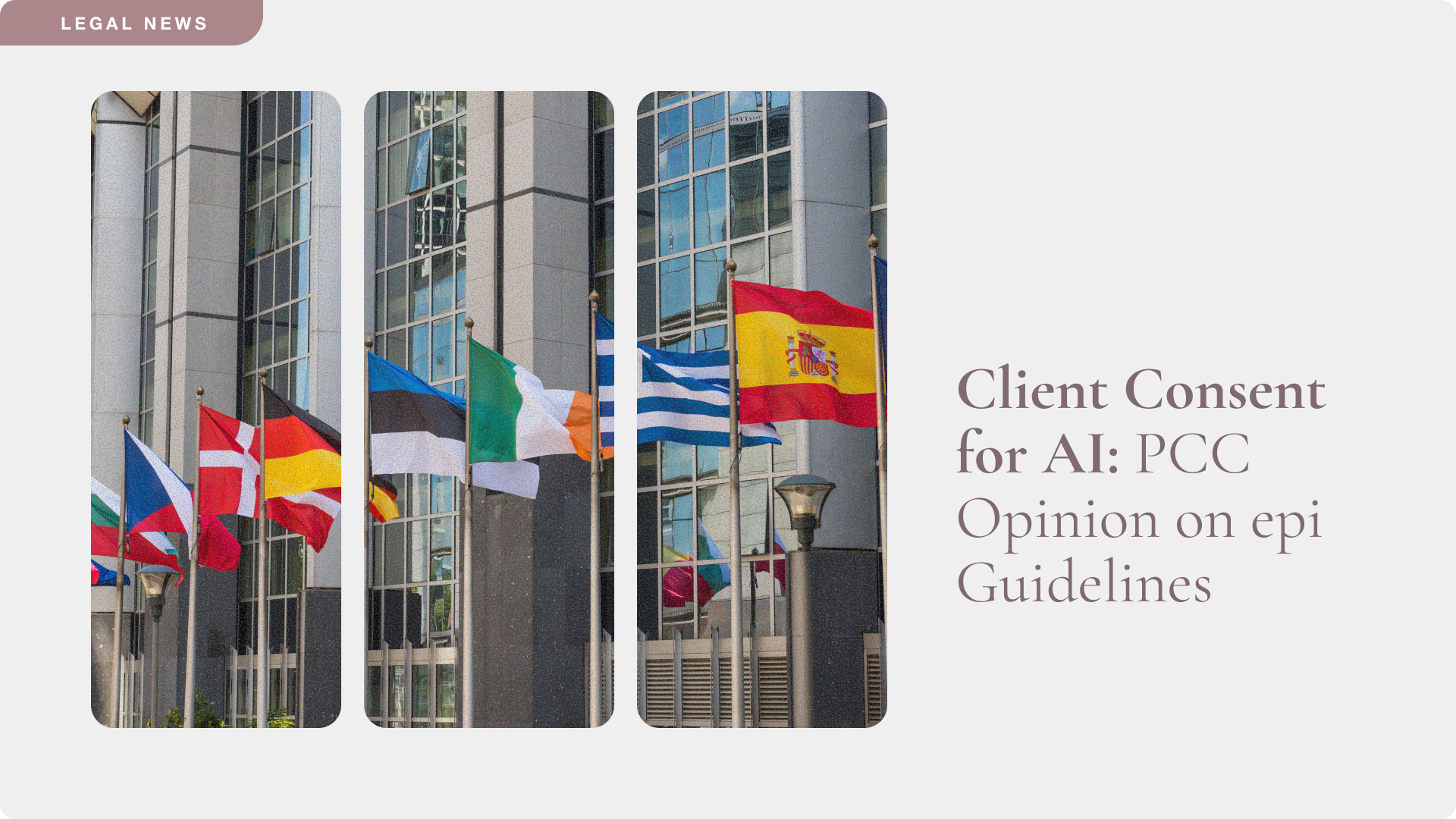Empowering IP with AI: A Future IP UK Perspective
Artificial intelligence is no longer future-thinking for IP professionals. AI patent software is reshaping how teams draft, search, and manage patent portfolios today.
At this year's Future IP UK conference, IP leaders from industry, law, and government shared what it actually takes to bring AI into established workflows. The conversation revealed that the approach in the UK, generally, has been measured and focused on long-term value over quick wins.
At Solve Intelligence, we've been at the coalface of this transformation globally, working directly with private practice firms and in-house IP teams across multiple jurisdictions. The themes emerging from Future IP UK echo insights we've been exploring for the past two years.
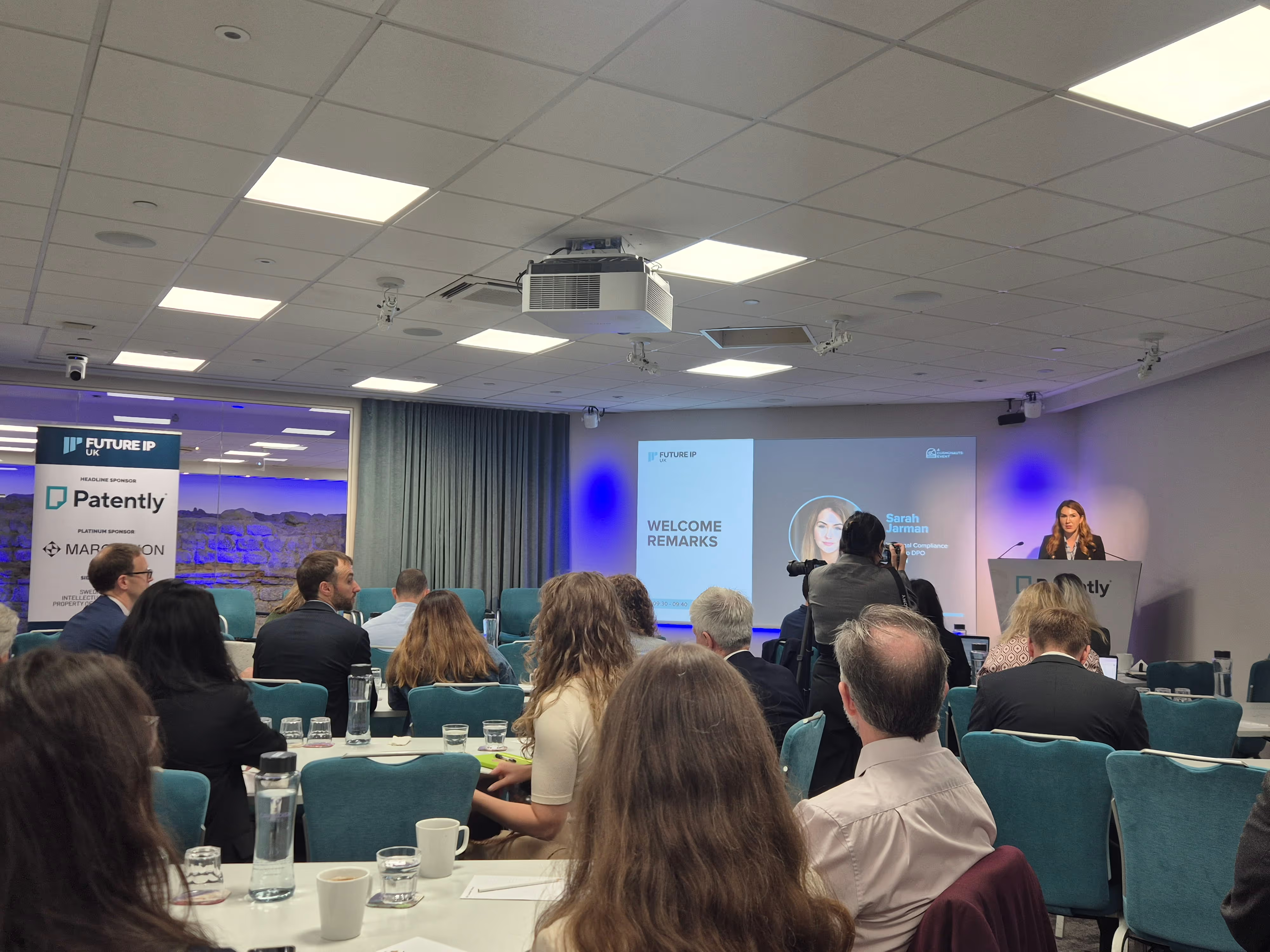
Managing Expectations
For Johnson Matthey’s IP team, AI adoption began with a simple question: how can this technology better support the businesses we serve?
Phil Scott, Senior Patent Attorney, explained that early experiments were about curiosity and learning. The company faced familiar and common challenges such as adoption costs, system integration, and stakeholder buy-in. But the biggest hurdle wasn't technical. It was managing expectations.
With countless AI tools claiming to revolutionise IP work, the team stepped back. They built a dedicated internal AI team focused not on chasing all of the latest technologies and vendors, but on identifying where AI genuinely adds value and where human expertise remains essential.
"The goal isn't to replace how we work," Scott shared, "but to find where AI makes our work better." This is what we think about at Solve Intelligence day in and day out.
Rethinking Patent Workflows with AI
Kritika Chhokra, Patent Intelligence Manager at BAT, reinforced this view that "AI gives us the opportunity to do more, but only if we rethink how we work."
Johnson Matthey now uses general purpose AI tools for generating internal IP training material, prior art searching, and surfacing relevant case law (and the EPO has a dedicated tool in MyEPO). These aren't flashy applications, but they deliver impact. Over time, patent AI becomes embedded in daily workflows with a sense of what Scott called "osmosis," where technology and human work blend seamlessly.
There are now hundreds of patent teams globally that are already using AI for patent drafting and prosecution workflows. Early adopters of Solve Intelligence are now implementing the AI patent software solution across their team and expanding a strategic partnership to produce better work products and upskill attorneys in the practical uses of AI in their patent workflows
Quality Over Speed
UK practitioners have always emphasised quality.
The Swedish Patent and Registration Office offers a useful model approach. They use AI-based semantic search to enhance prior art accuracy while having examiners validate every result. This hybrid approach balances automation with human oversight, a principle that resonates strongly with UK teams and one that is implemented at Solve Intelligence.
This aligns with what we've written about extensively: building AI tools that patent attorneys actually trust. When technology is transparent, interpretable, and shaped by user feedback from real practitioners, it doesn't replace human judgment but rather enhances it. Our work with IP teams on both sides of the Atlantic has reinforced this truth repeatedly.
Bridging the AI Skills Gap
A consistent theme was the emerging gap between those comfortable with AI and those who aren't.
Newer professionals (across industries), especially those who used AI in academia, approach work differently. They iterate faster, test in real time, and see AI as a workflow extension rather than a separate tool.
For established teams, bridging this gap requires deliberate effort: structured training, open experimentation and pilots of AI tools, and regular feedback loops.
Coreena Brinck, Head of IP at Intuicell, said it simply: "Not all tools are the same. Let people try them, compare results, and feed back what works."
We explored this dynamic in depth after AIPLA's Spring Meeting in the United States in early 2025, where the AI skills gap emerged as a defining challenge for the profession. The UK conversation confirms this is a global phenomenon with local nuances in how firms are addressing it.
The Human Element
As AI embeds deeper into IP practice, the human element remains central.
AI patent tools help teams align on IP frameworks, improve R&D-legal communication, and support cross-regional collaboration. But people still drive:
- Framing the right questions and prompts
- Interpreting and validating AI outputs
- Setting strategic direction for IP creation, protection, and monetisation
Without human judgment, AI is just software. With it, AI becomes a force multiplier.
As we discussed in our update on the European Patent Institute’s podcast on AI's transformation of patent practice, the most successful implementations treat AI as an augmentation layer for practitioner expertise.
Acceleration in AI Adoption
Future IP UK 2025 was filled with optimism and solidified the fact that UK organisations are building foundations for sustainable adoption of AI tools in intellectual property management.
They recognise both the potential for efficiency gains and the responsibility to integrate AI transparently and ethically.
From our position working with IP teams daily, hearing their concerns, testing solutions against real workflows, and iterating based on practitioner feedback, we see the UK starting to accelerate in its understanding and integration of AI software in patent practice.
We emphasise that the goal isn't replacing patent professionals. It's empowering them with tools that multiply expertise, elevate output quality, and unlock strategic opportunities.
AI for patents.
Be 50%+ more productive. Join thousands of legal professionals around the World using Solve’s Patent Copilot™ for drafting, prosecution, invention harvesting, and more.
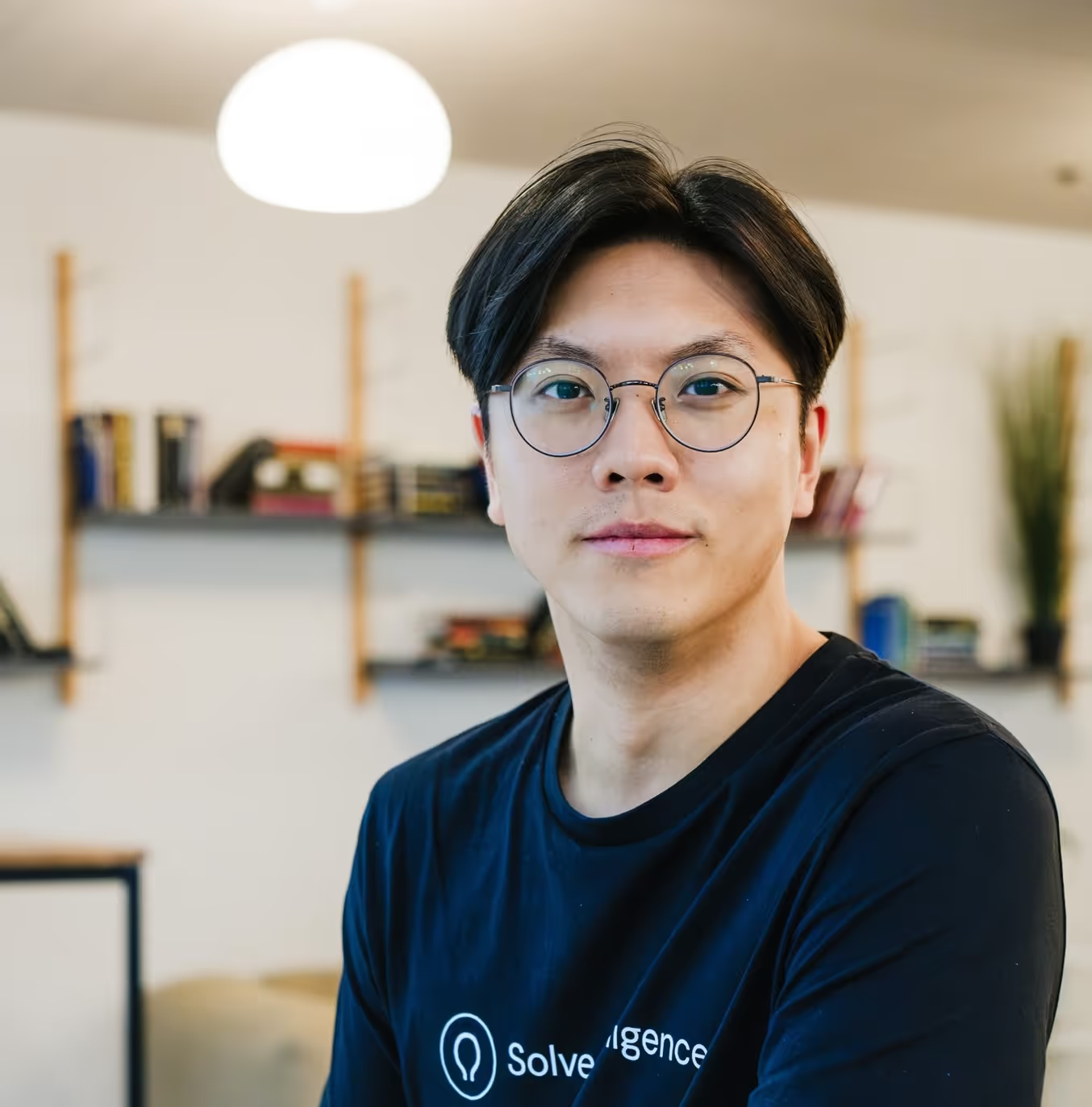
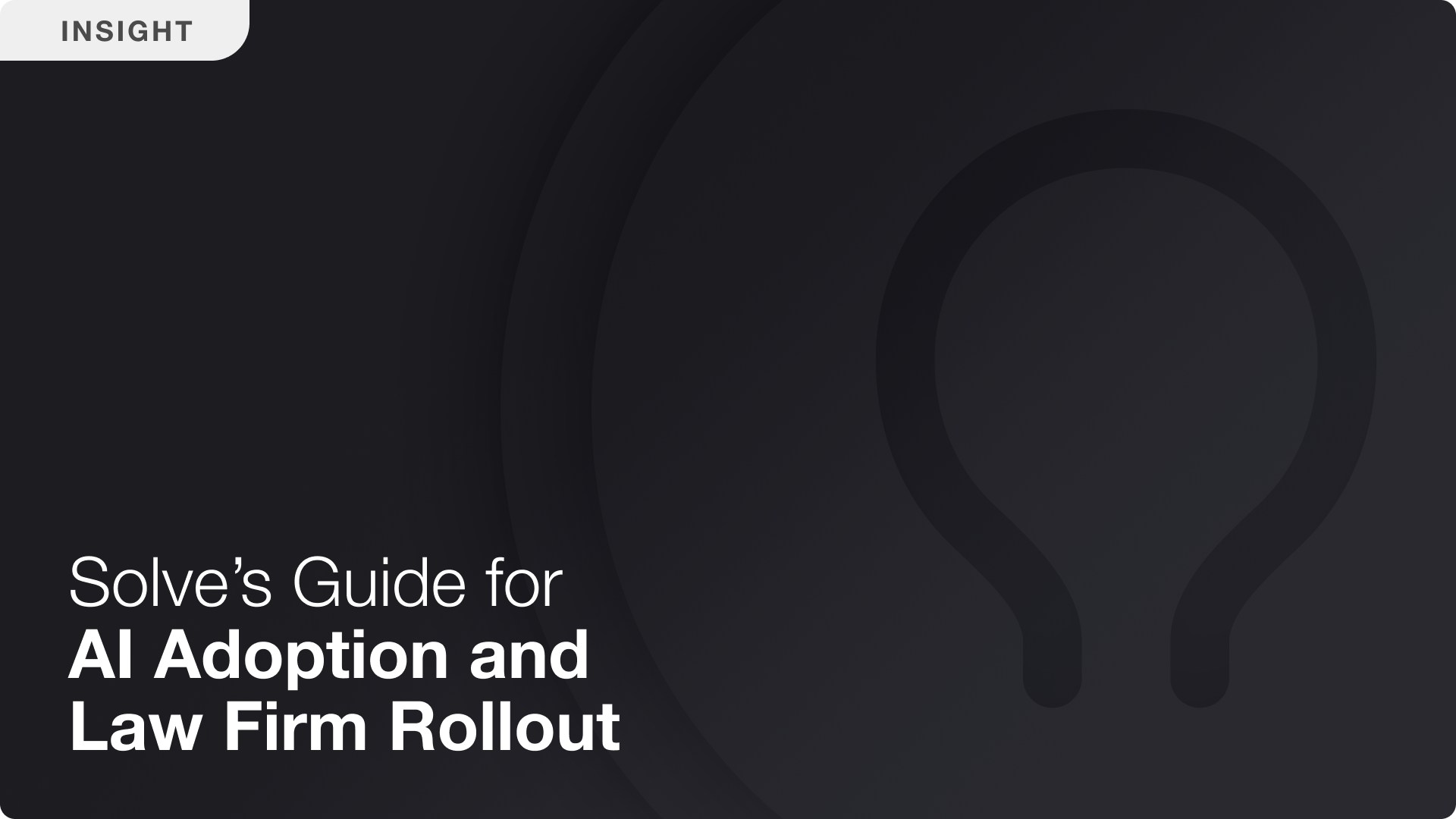
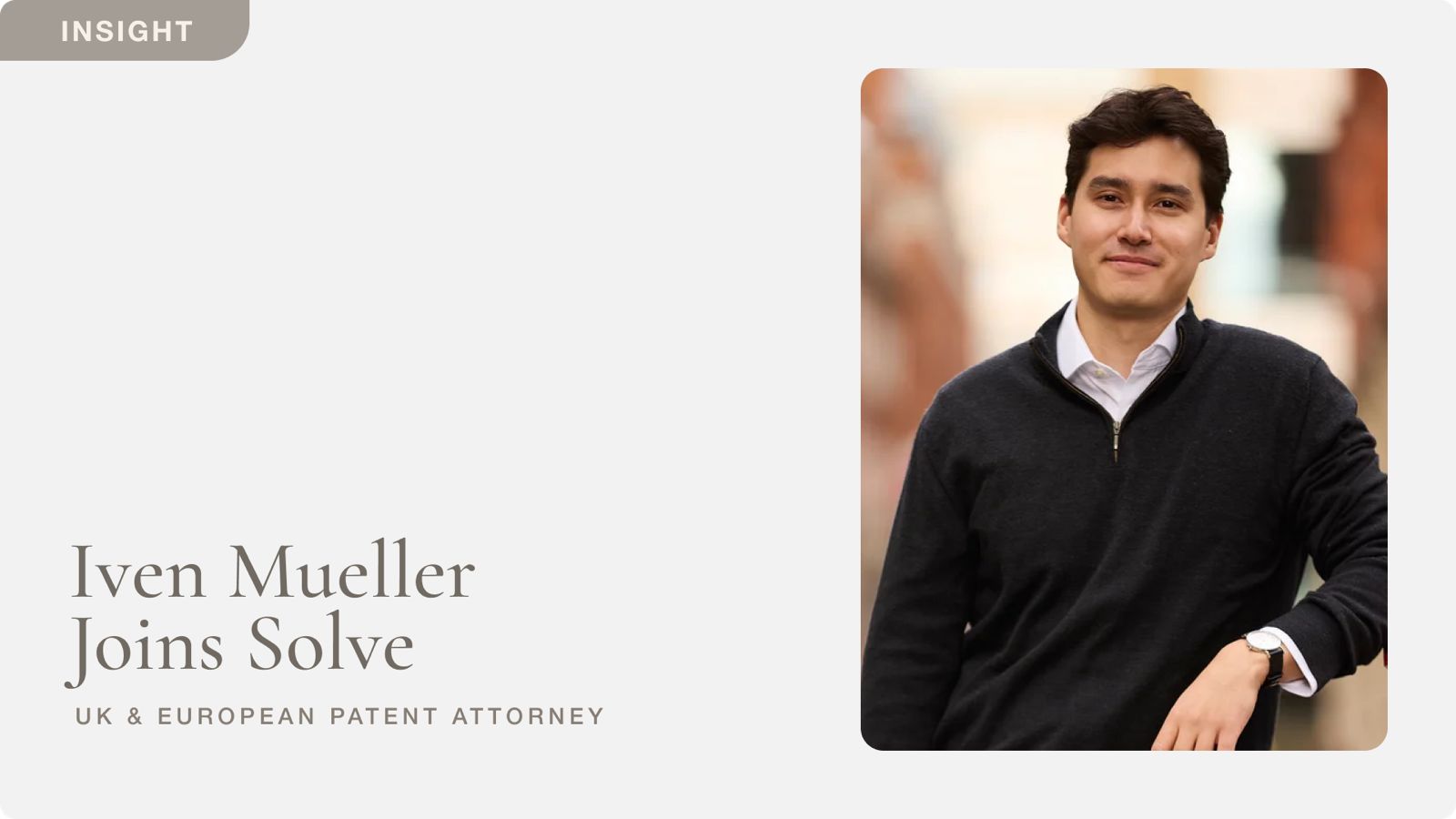
.png)
